New “Me Meme” feature discovered in app teardown hints at fun, personalised meme-creation inside your photo-library
The team behind Google Photos is reportedly working on a new, playful feature that could turn your own face—or your friends and family’s—into customised memes. The feature, which appears in hidden code within the app, carries the working name “Me Meme” and points to a growing trend: embedding fun, social media-style creativity inside what has traditionally been a photo-storage and management app.
What We Know So Far
During an analysis of version 7.51.0 of the Google Photos Android app, researchers uncovered strings and UI prompts referencing this new meme-generator. Key findings include:
- The module is referred to internally as “Me Meme” (with a possibility of external branding like “Meme Me” or similar).
- Users would pick a meme template (for example, the familiar “This Is Fine” dog meme), then choose a reference photo, ideally a clear selfie or a photo where someone’s face is visible.
- The app appears to require the reference photo to have been backed up to Google Photos, suggesting the image becomes part of Google’s ecosystem in order to enable the AI processing.
- Onboarding text in the teardown explains: “Turn yourself or your family and friends into your favourite memes. Just pick a template, a photo and enjoy—perfect for sharing in group chats and more.”
- Many details remain unknown: which meme templates will be included, whether users can upload their own templates, whether the meme generation happens on-device or via cloud AI, and whether it will be free or require a premium subscription.
Why Google is Doing This
Several strategic motives likely fuel this feature:
- Enhancing stickiness and engagement: Google Photos is more than a backup app. By adding creative-and-shareable features, Google encourages users to spend more time in the app, create content and share within their social circles.
- Leveraging AI and user data ecosystems: Because Google already has large photo libraries, face-recognition (opt-in) and cross-device access, the company is well-positioned to introduce AI-driven features that build on your existing content—rather than starting from scratch.
- Capitalising on meme culture: Memes remain a dominant form of online expression and social media currency. By letting users generate personalised memes easily, Google taps into that cultural trend.
- Supporting cross-platform sharing: The idea of creating a meme inside Google Photos means users can export, share, post to WhatsApp, Instagram, Discord, etc. This broadens the scope of Google Photos from passive storage into active content-creation.
Potential User Experience
If rolled out in full, here’s how the experience may work:
- Open Google Photos → Navigate to a new “Create” or “Meme” tab.
- Select “Me Meme” or similar feature.
- Choose from a list of meme templates.
- Select a backed-up photo with a clear face (selfie recommended).
- The AI processes the face, aligns it with the template’s body/pose, applies text and styling.
- You preview the result, make minor edits (optional: fine-tune face alignment, change text, pick colour styling).
- Export the meme, share to social media, or save to your camera roll.
Considerations & Concerns
- Privacy and consent: Using faces to build memes raises questions of consent, especially if others’ faces are involved. Google will need clear opt-in settings, face-recognition transparency and controls for what happens with your data.
- Quality and authenticity: Meme humour often depends on subtle timing and expression. Whether an AI can convincingly map a random face onto an iconic meme body—or deliver the comedic effect—is uncertain.
- Ownership and rights: Meme templates may include copyrighted characters or images. How Google handles licensing, templates reuse and user-generated versions will matter.
- Data usage and performance: If the processing happens in the cloud, it may consume data and battery. If on-device, it may require high-end hardware. Users in regions with limited connectivity (e.g., Pakistan) may face limitations.
- Localization: Meme culture differs by region and language. Users in South Asia might want templates in Urdu/Arabic script or culturally specific references. Will Google support regional memes or only global ones?
- User fatigue: Some users might view this as a gimmick rather than a lasting feature, and if over-promoted could alienate those who prefer robust editing and storage rather than meme-making.
Implications for Pakistan & South Asia
For users in Karachi and other South Asian cities, a few regional takeaways:
- The app update may roll out in stages or selected markets first. If you update to the latest version (7.51.0 or later) and don’t see the feature, you might need to wait or join a beta.
- Be mindful of backup requirements: If the selfie you want to use isn’t backed up, the feature may not trigger. So ensure Google Photos backup is enabled.
- Consider data and battery when using advanced features: meme generation may consume more resources than basic storage or editing.
- Check how localised the templates are: If there aren’t region-specific meme templates, you may find yourself using more globalised formats which may or may not resonate with your social circles.
- Language and text input: Assuming the feature allows custom text, ensure the keyboard and fonts support local languages (Urdu, Hindi) if you want to meme in native script.
The Road Ahead
This meme generator is still hidden behind development code, and there’s no public release date yet. Google could still cancel or significantly alter the feature before rollout—which is typical for features discovered via app teardown. That said, if genuine, the launch of “Me Meme” could be part of a broader push by Google Photos to move beyond storage and editing into creative content generation.
Additional features spotted in app teardowns include improved photo-to-video tools, enhanced album-navigation, and greater AI-driven creative editing. The meme feature may sit alongside those as Google attempts to create a more engaging, dynamic photo ecosystem.
Final Thoughts
Google’s upcoming “Me Meme” feature signals a subtle but notable shift: image libraries and backup apps are no longer purely utilitarian—they are becoming platforms for social creativity. For users, this offers fun new possibilities: turning an everyday selfie into a shareable meme. For Google, it strengthens its photo-ecosystem and opens doors for deeper AI integration.
Whether this feature becomes a standout or a novelty depends on its execution—template quality, ease of use, regional relevance and data-privacy safeguards will all matter. But for the moment, one thing is clear: your Google Photos library may soon do more than just store memories—it might actively help you make them, and make them funny.


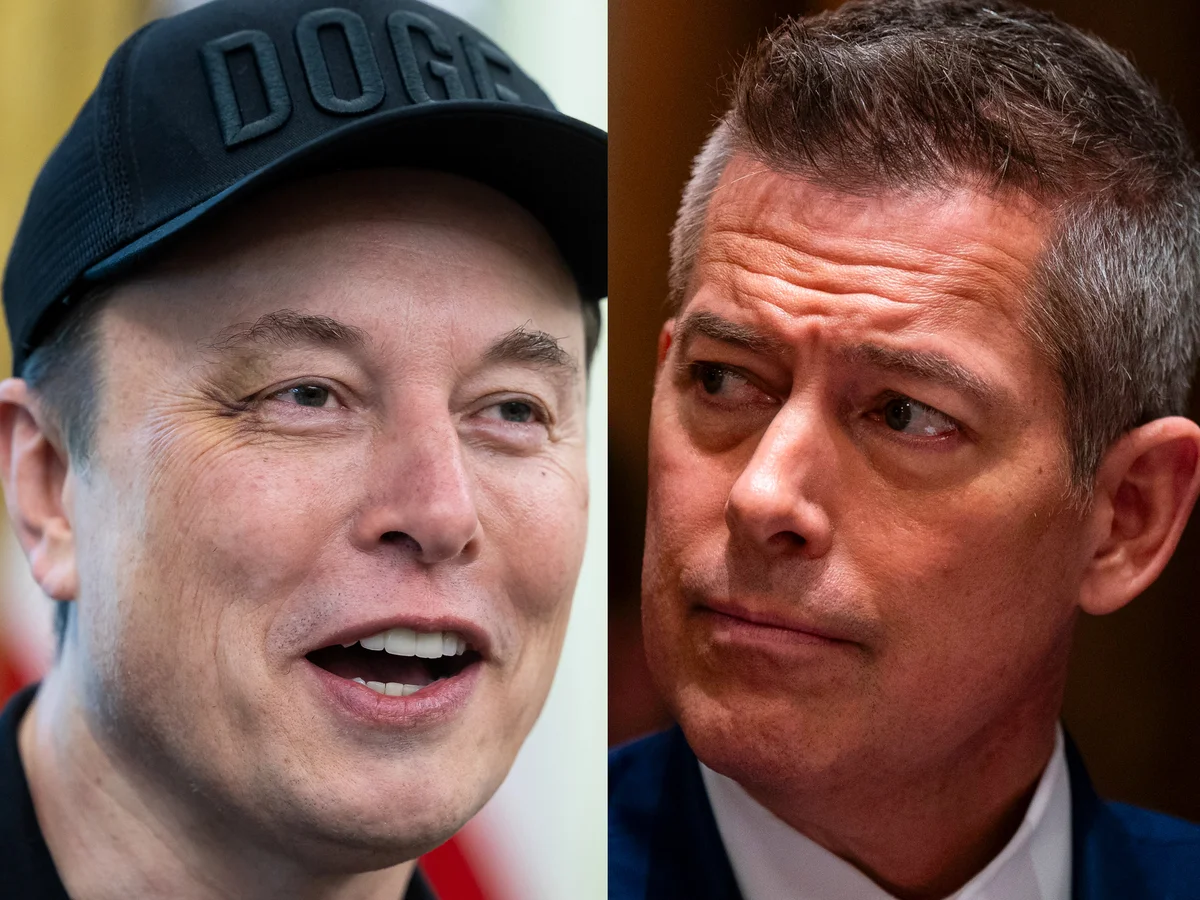
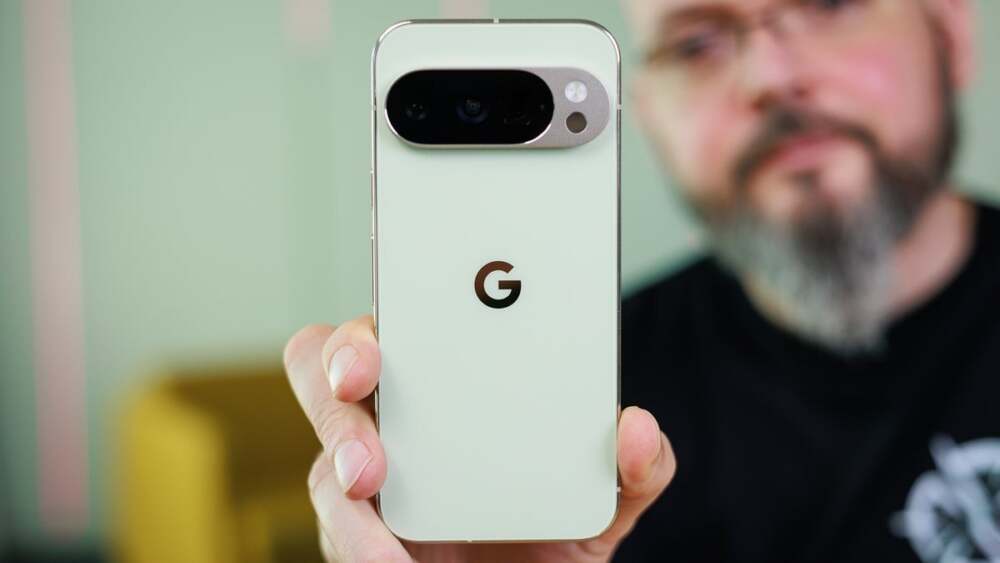
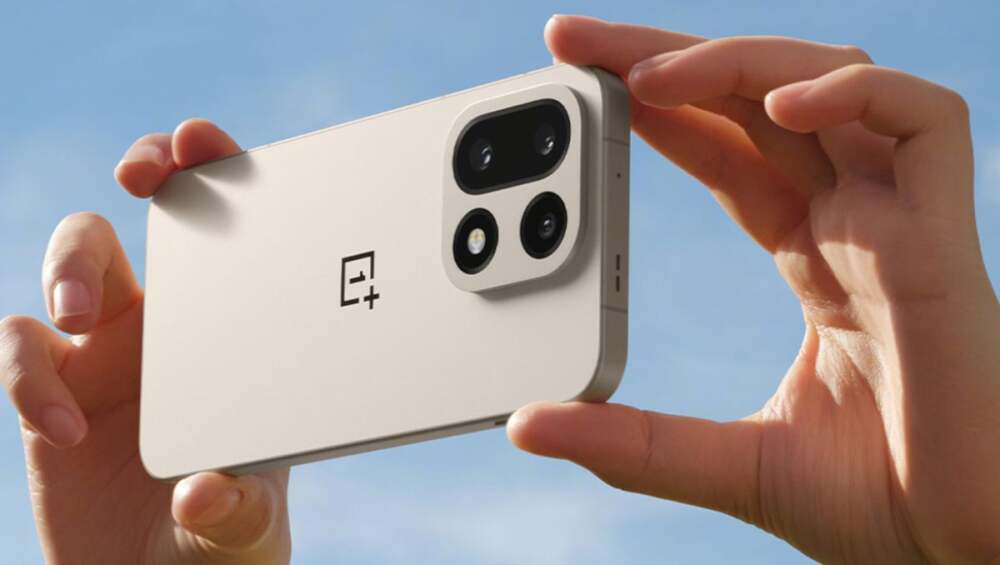
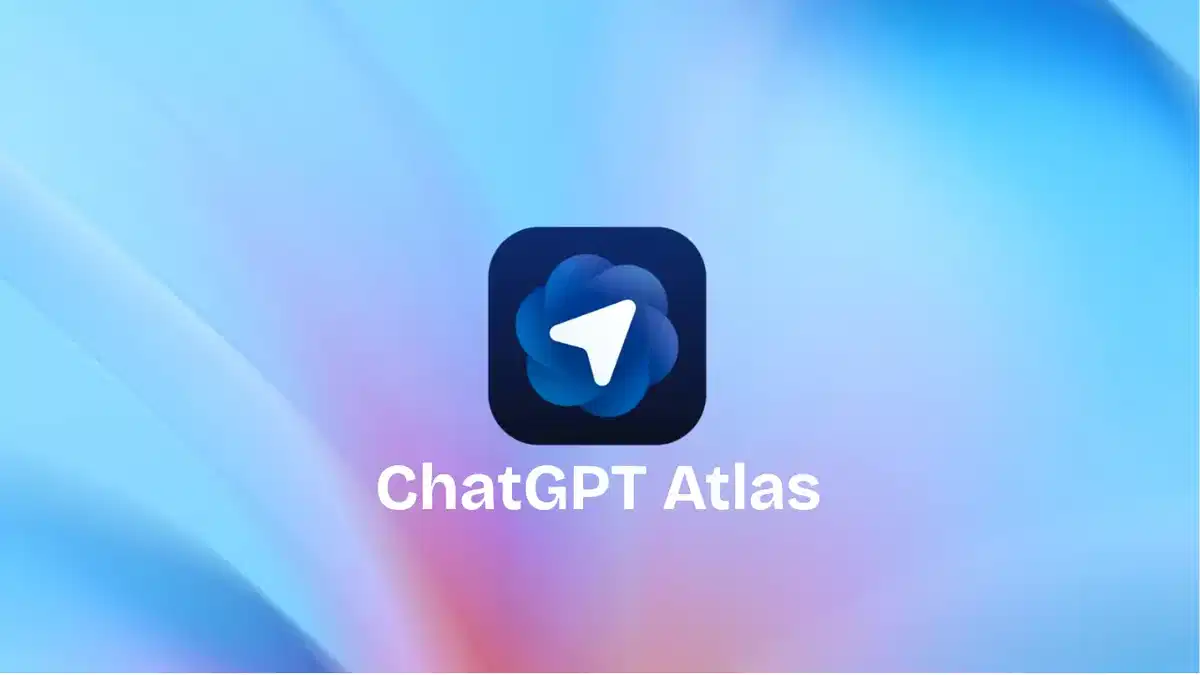
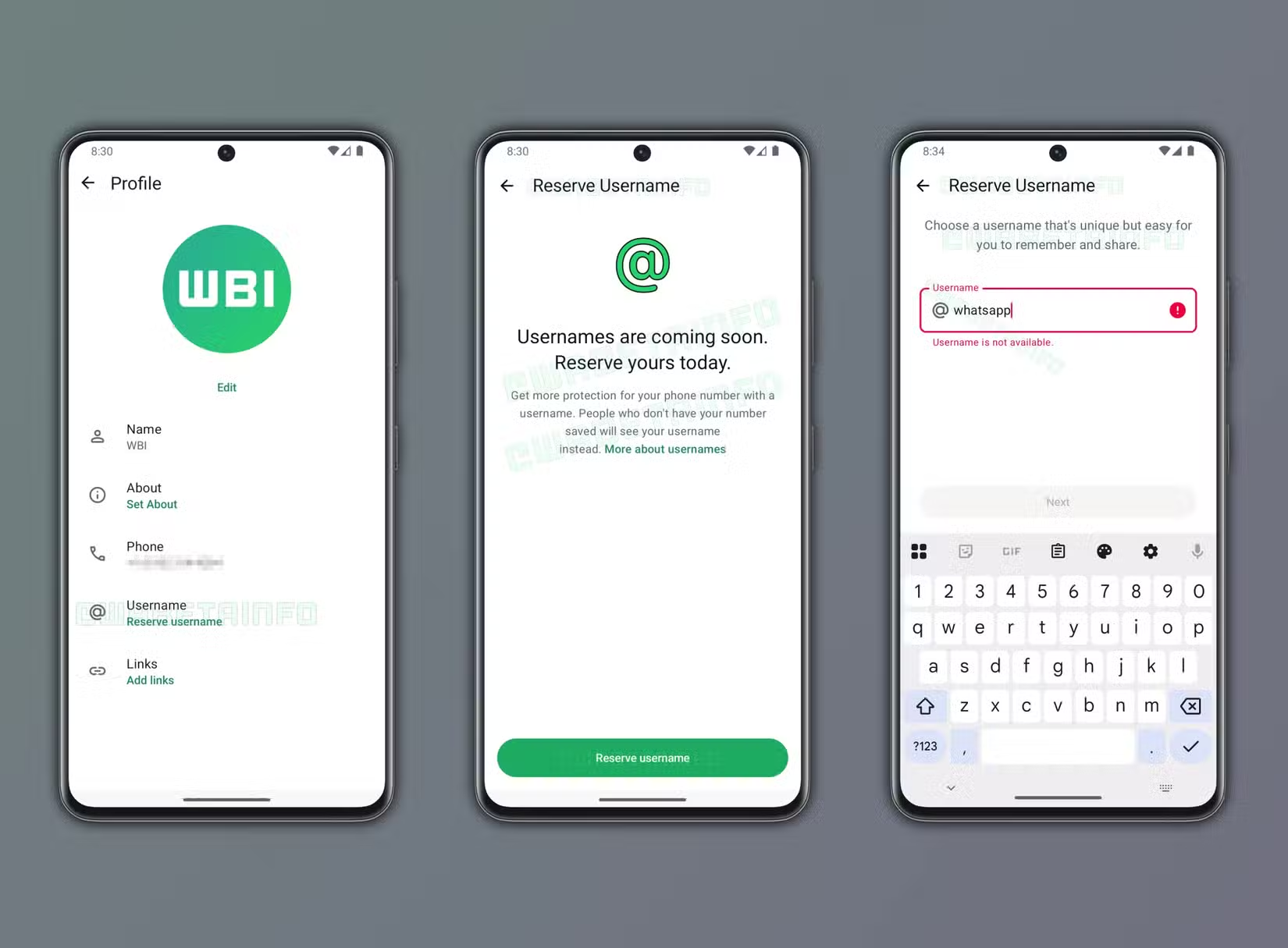
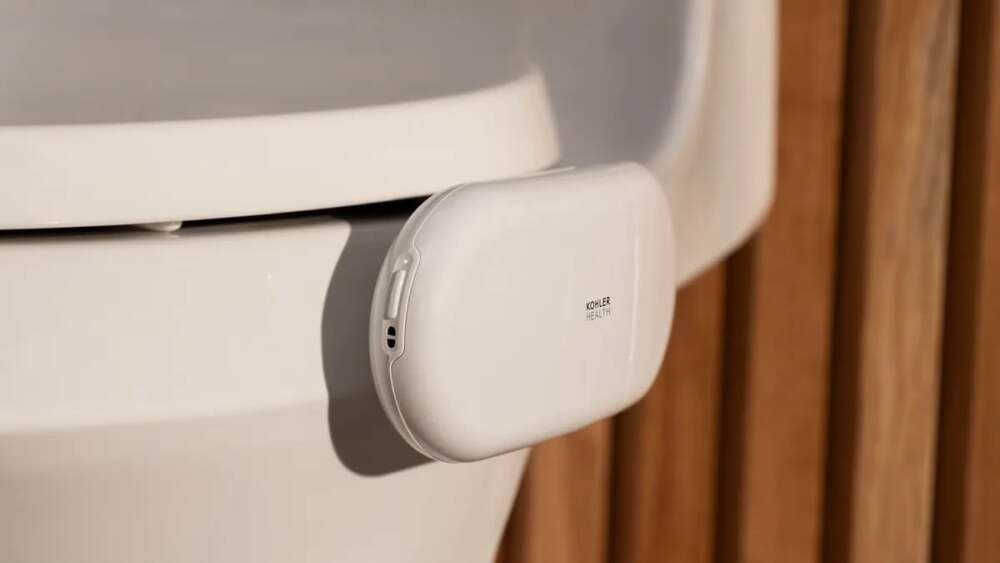
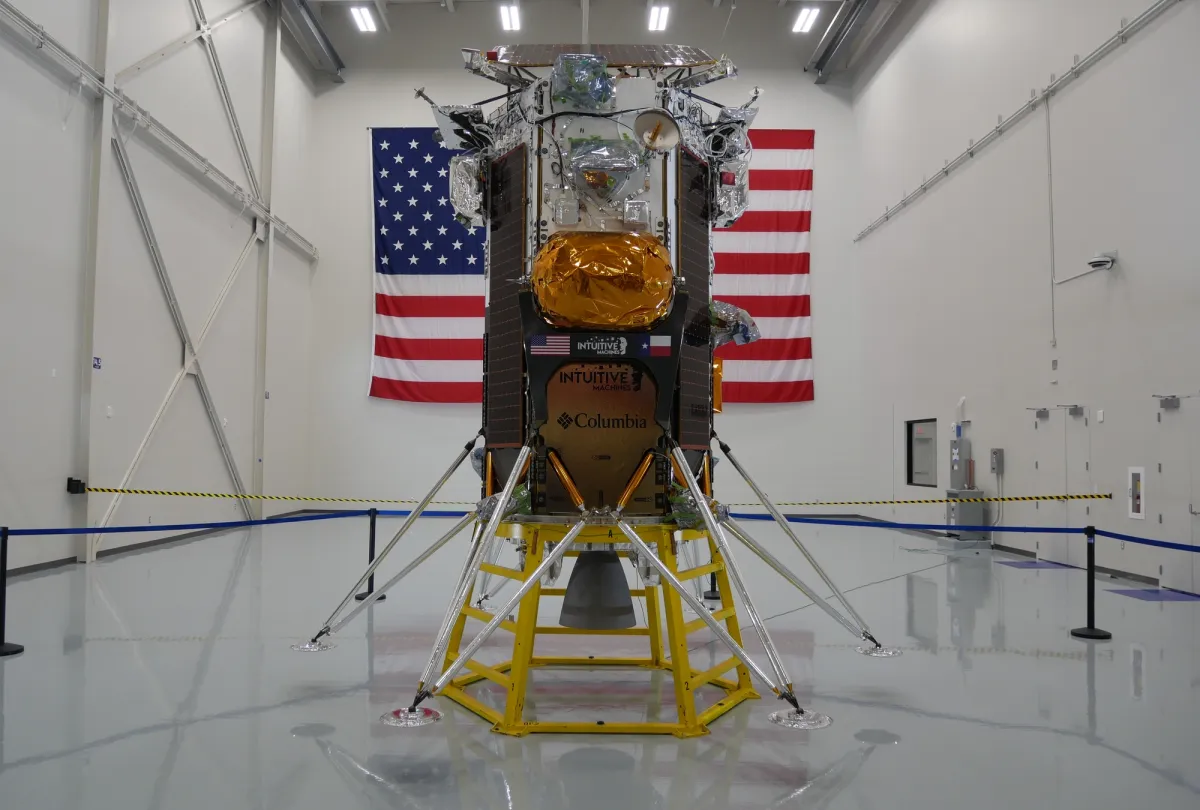

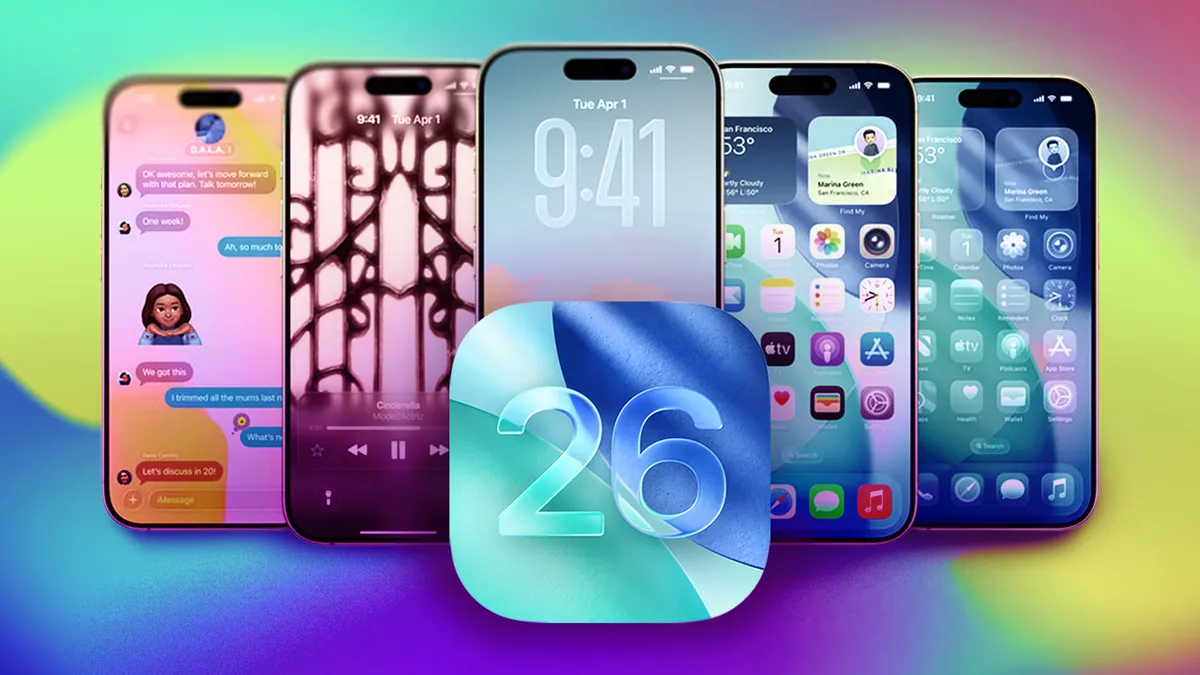
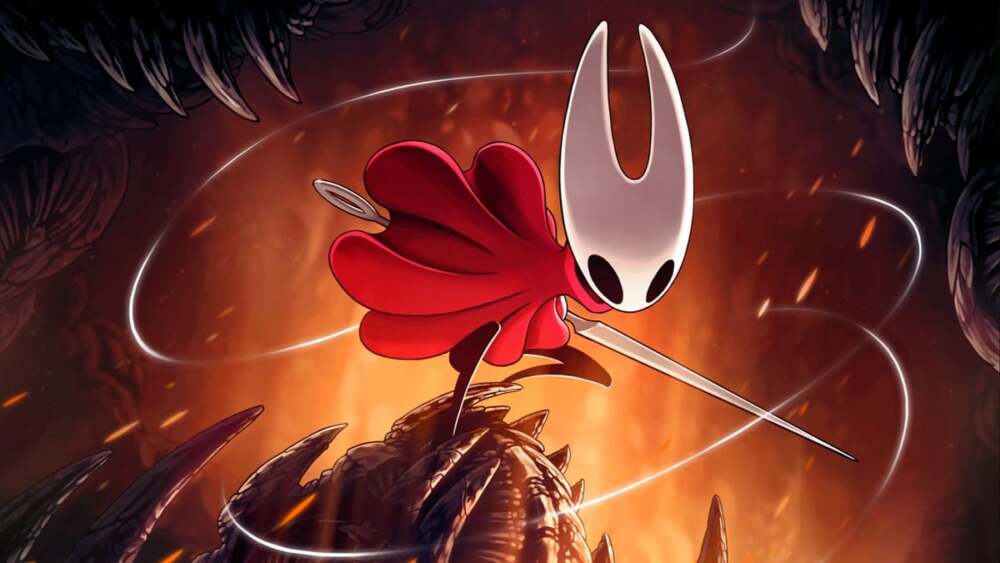
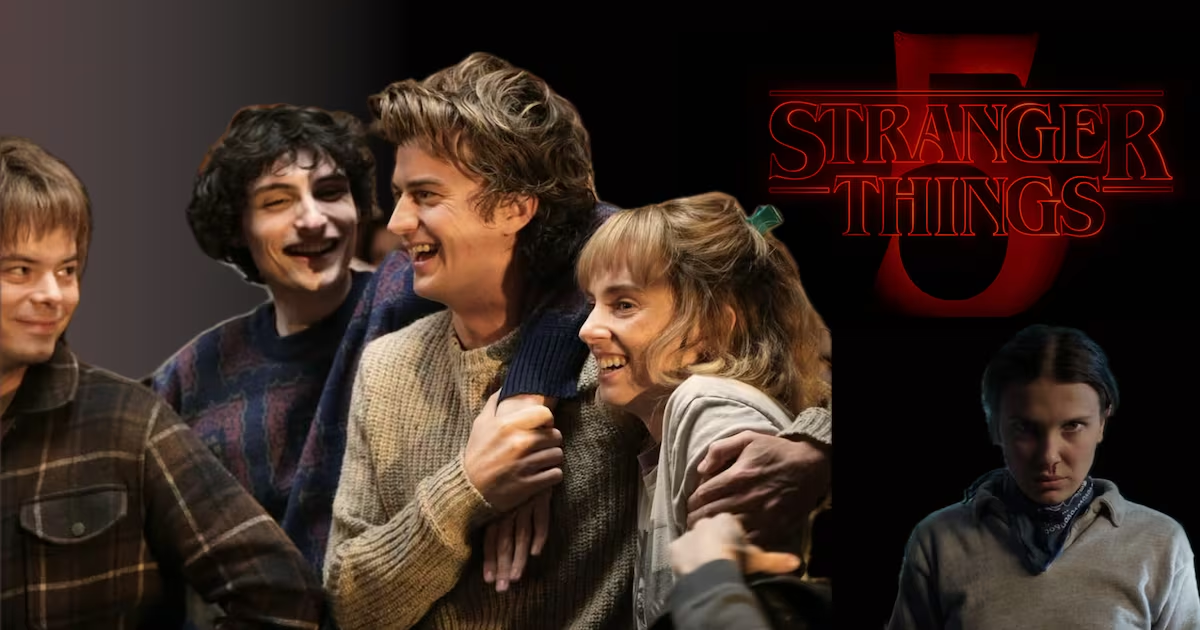

Leave a Reply